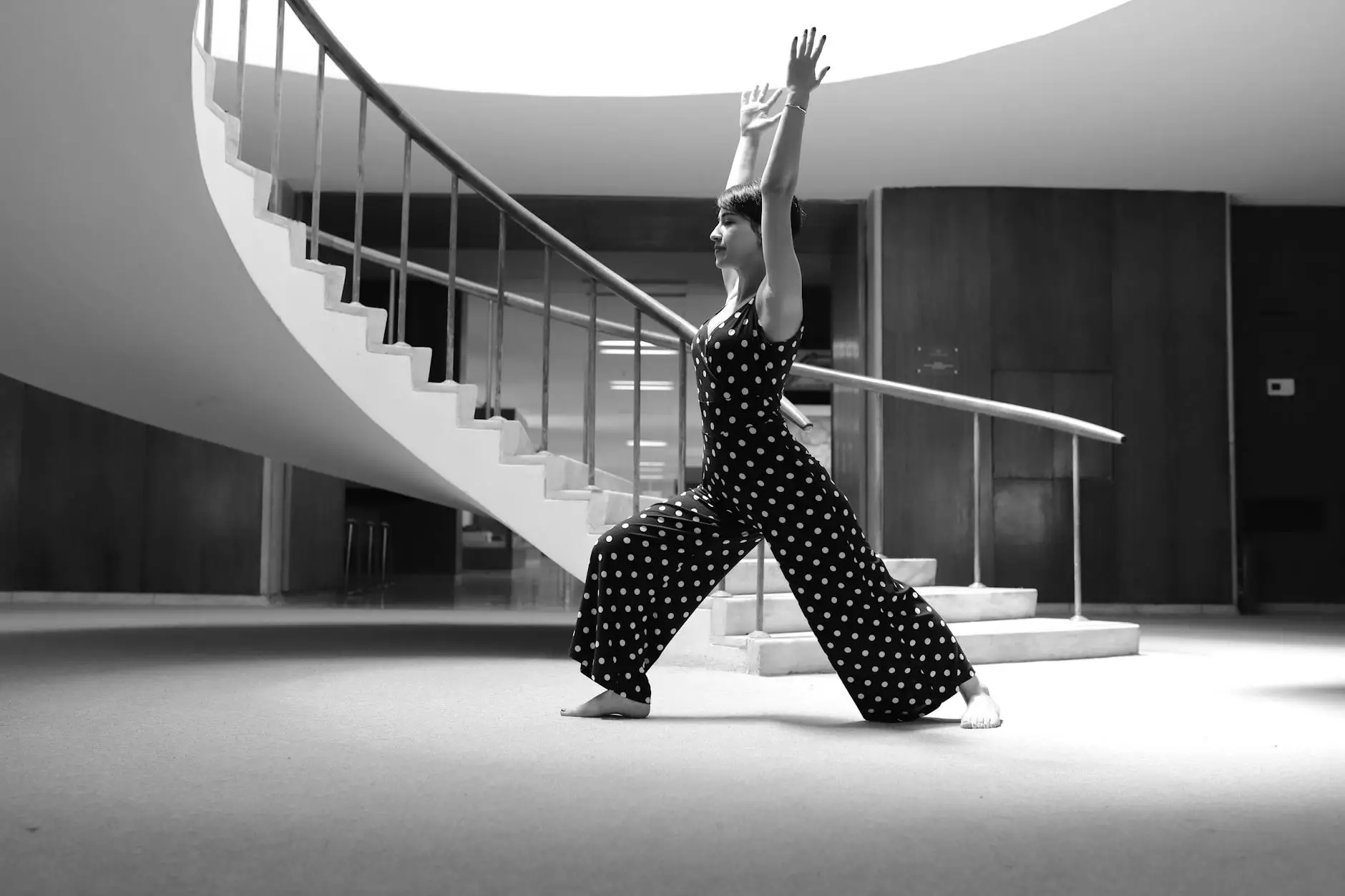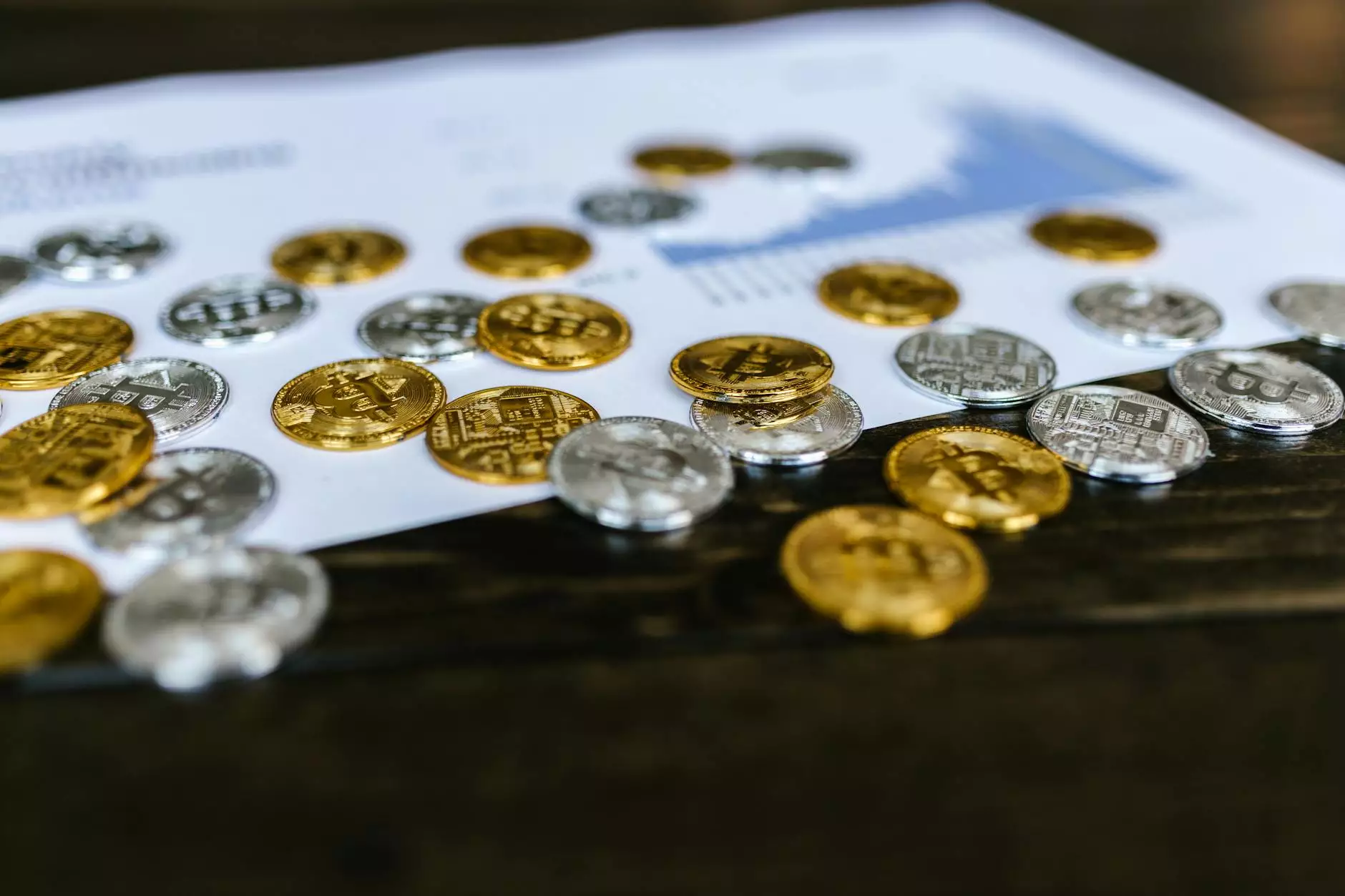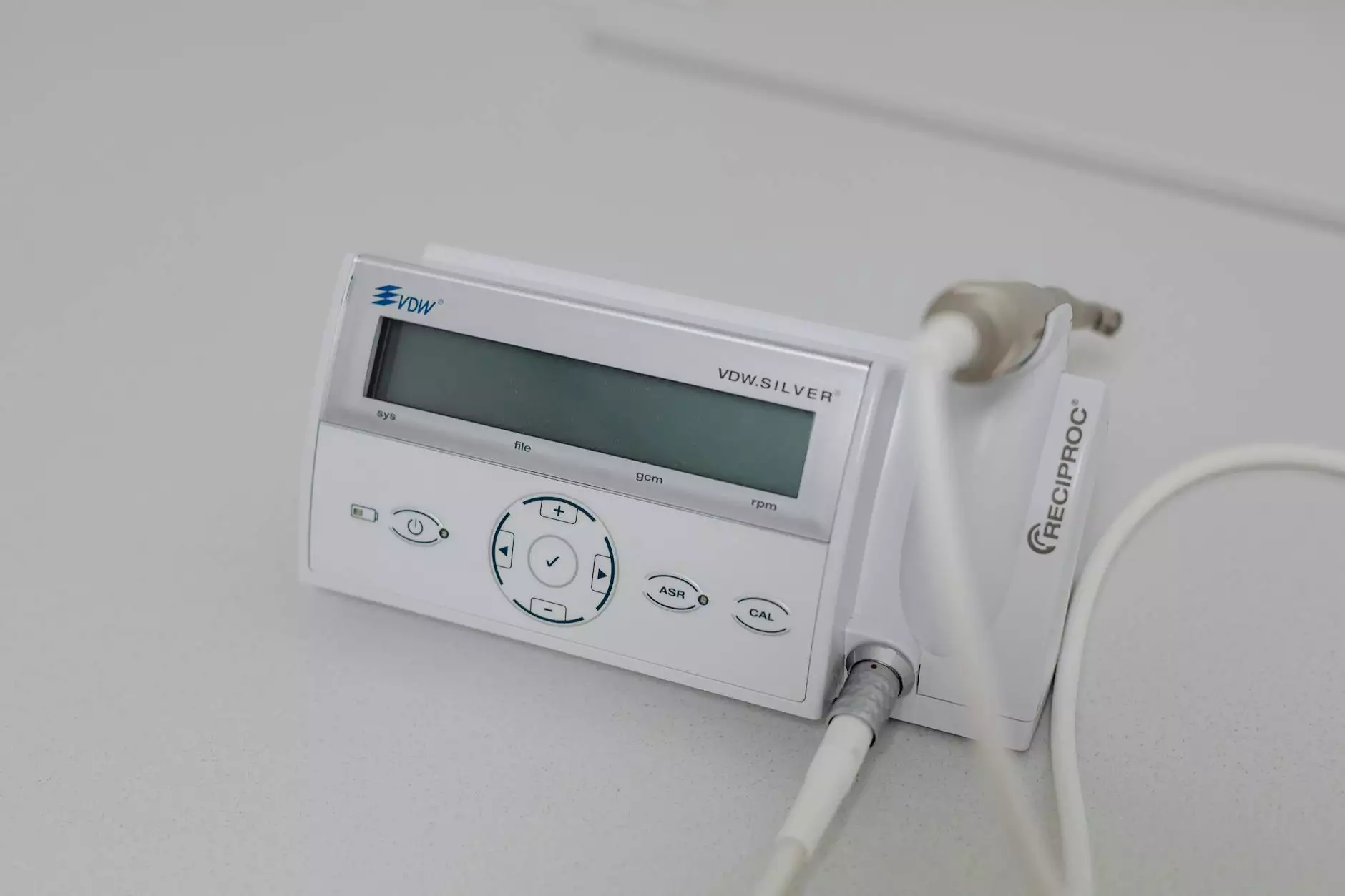Understanding Asymmetrical Meter in Music: A Comprehensive Guide

Asymmetrical meter is a captivating concept in music that defies traditional rhythmic norms, offering unique opportunities for expression and creativity. Through this article, we will delve into the definition of asymmetrical meter, its historical context, significance, and its application across diverse musical genres. Whether you're a seasoned musician or a curious enthusiast, understanding this fascinating aspect of music will enrich your appreciation and execution of various compositions.
What is Asymmetrical Meter? A Definitive Explanation
The term asymmetrical meter refers to a rhythmic structure in music that does not conform to the conventional patterns of even time signatures, such as 4/4 or 3/4. Instead, it combines different subdivisions of beats that make the meter irregular and, in many cases, unpredictable. Common examples of such meters include 5/4, 7/8, and 9/8, where the count of beats varies with each measure, creating an inherent tension and resolution that can be both intriguing and challenging for performers and listeners alike.
A Brief History of Asymmetrical Meter
The use of asymmetrical meter is not a modern invention; it has roots that extend back to various cultural traditions. Many folk music traditions around the world, such as Balkan, Middle Eastern, and Indian music, have embraced complex rhythms that embody asymmetrical meters. In the 20th century, composers like Igor Stravinsky and Leonard Bernstein began to incorporate asymmetrical rhythms into their works, attracting attention to this unconventional yet compelling musical structure.
The Significance of Asymmetrical Meter in Music Composition
Integrating asymmetrical meter into a composition can yield profound effects. Here are a few key points on its significance:
- Enhanced Expressiveness: Asymmetrical meters allow composers to convey emotions that are difficult to express within the boundaries of traditional meter.
- Dynamic Rhythm: The irregularity introduces an element of surprise, providing a fresh listening experience.
- Innovation: Asymmetrical meters challenge musicians and composers to think outside the box, fostering creativity and new ideas.
Common Examples of Asymmetrical Meters
Let’s explore some common instances of asymmetrical meter that composers often use to create intriguing rhythms:
- 5/4 Meter: This meter contains five beats in every measure. A famous example is “Take Five” by Dave Brubeck.
- 7/8 Meter: Frequently used in Balkan folk music, 7/8 has a distinctive feel that can effectively drive a piece forward.
- 9/8 Meter: This meter is often found in traditional jigs and other folk dances, creating an upbeat and lively atmosphere.
Understanding the Structure of Asymmetrical Meter
To truly grasp asymmetrical meter, it is essential to understand its structure. Unlike symmetrical meters where each beat is of equal duration, asymmetrical meters involve a combination of different beat groupings. For example, in a 7/8 meter, musicians might group the beats as follows:
- 2+2+3: This grouping creates a rhythmic pattern that feels like two quick beats followed by three longer beats.
- 3+2+2: This variation flips the grouping, allowing for different emphasis on the beats.
This flexibility in grouping leads to a variety of rhythmic feels that can add depth and complexity to a composition.
Applications of Asymmetrical Meter in Various Music Genres
The application of asymmetrical meter spans across various genres, each utilizing it in unique ways. Let’s analyze its use in multiple musical styles:
Jazz
In the realm of jazz, asymmetrical meters are often used to create intricate rhythms and syncopation. Jazz musicians thrive on improvisation, and the unpredictability of asymmetrical meters allows for endless possibilities. Compositions such as John Coltrane's “Giant Steps” illustrate how asymmetrical meter can be used to develop complex improvisational pathways.
Progressive Rock
Progressive rock bands, such as Rush and Yes, frequently utilize asymmetrical meter to create dramatic shifts in their compositions. The complexity of asymmetrical rhythms complements the intricate musical structures and often reflects the thematic depth of the lyrics, offering a unique auditory experience to listeners.
Folk Music
In many world folk music traditions, asymmetrical meters serve as the backbone of rhythmic patterns. For example, many Balkan folk dances employ complex rhythms that often feature asymmetrical groupings, providing lively and energetic dance music.
The Challenge of Performing Asymmetrical Meter
While asymmetrical meter offers exciting opportunities for creativity, it also presents challenges for performers. Here are some considerations:
- Counting: Musicians must develop strong counting skills to navigate irregular rhythms effectively.
- Internalizing the Feel: It can take time to internalize the unique feel of asymmetrical patterns, which may differ significantly from typical symmetrical meters.
- Communication: Ensemble playing necessitates clear communication among musicians to maintain an cohesive understanding of the meter.
Tips for Composing with Asymmetrical Meter
For those interested in exploring composition within the framework of asymmetrical meter, here are some tips:
- Start Simple: Begin with simple asymmetrical groupings, like 5/4 or 7/8, then gradually explore more complex combinations.
- Use Technology: Take advantage of music software to experiment with different rhythmic patterns and help visualize complex ideas.
- Listen Actively: Listen to pieces that utilize asymmetrical meter to gain insights into rhythmic structure and how it can be applied effectively.
Conclusion: Embracing Asymmetrical Meter in Music
Asymmetrical meter stands as a testament to the rich tapestry of musical expression that transcends traditional boundaries. Its ability to evoke diverse emotions, create dynamic rhythms, and foster innovative compositions makes it an essential element for musicians and composers alike.
By understanding the definition, historical context, and applications of asymmetrical meter, you can enhance your musical journey and elevate your appreciation of rhythmic complexity. Whether you're a performer seeking new challenges or a composer looking to push creative boundaries, embracing asymmetrical meter will undoubtedly broaden your artistic horizons.
asymmetrical meter music definition








